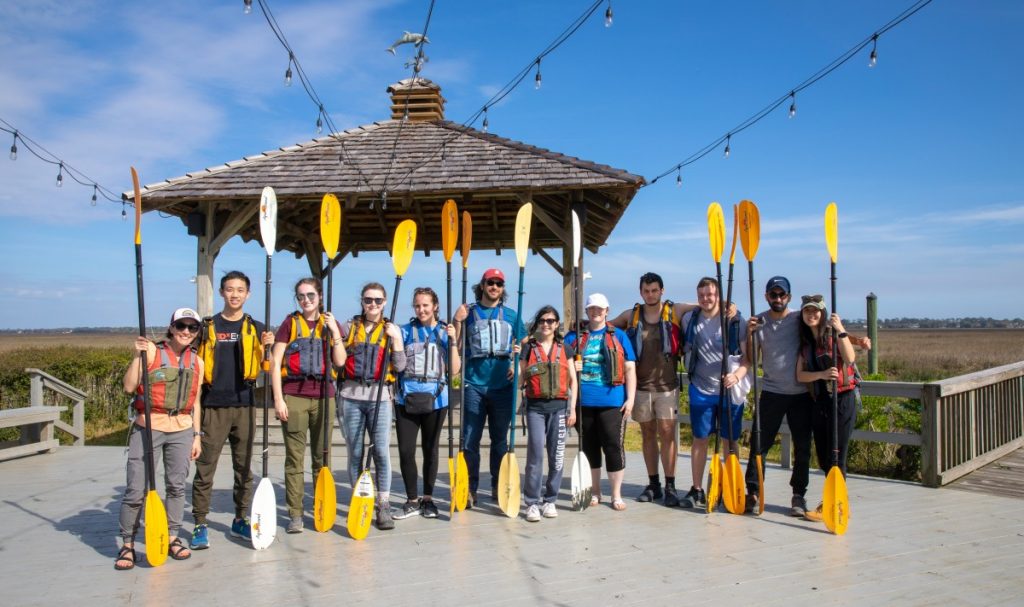BIO 347 – Disease Ecology
Parasitism is the most common trophic strategy on Earth, and many crucial issues in ecology involve outbreaks of harmful diseases. Research on the ecology of infectious diseases has increased tremendously in recent years, fueled by challenges to global human health and ecological conservation as well as advances in theory and molecular technologies.
The goal of this course is for students to improve their understanding of the ecological factors that influence disease dynamics. Students will develop the skills necessary to read, interpret, and discuss primary scientific literature, formulate scientific hypotheses, organize, analyze, and present biological data, understand, build and analyze theoretical models of disease, and write and present research on the ecology of infectious disease.
Lab exercises available here
BIO 329 – Coastal Biology
Coastal regions make up a small fraction of Earth’s area, but they are disproportionately important from a cultural, ecological, and economic perspective. This lecture and field laboratory course emphasizes basic principles of coastal biology, including the distribution and types of coastlines, coastal animals and plants, important ecological and physical processes, and the services, management, and threats for coastal areas.
The goal of this course is for students to improve their understanding of the physical and biological processes that influence coastal ecosystems and organisms. Students will develop an understanding of the natural history, threats, and management of coasts and their natural resources. Students will learn fundamental ecological concepts in lecture and laboratory activities. In doing so, students will read and discuss primary scientific literature, formulate scientific hypotheses, organize, analyze, and present biological data, and write and present research on scientific issues related to coasts.
